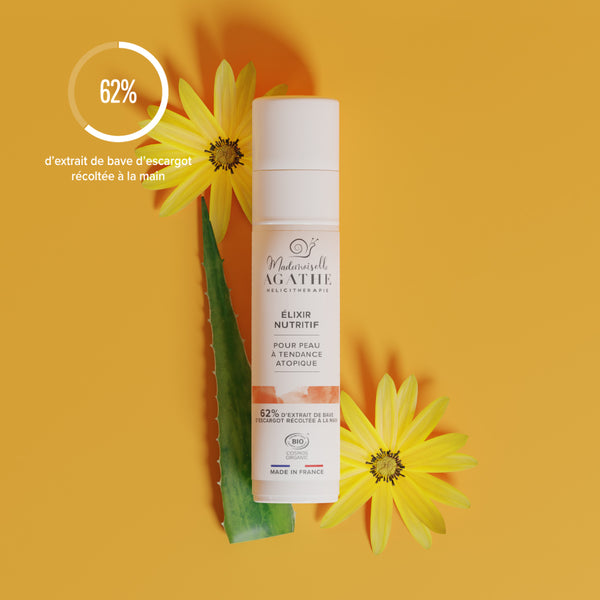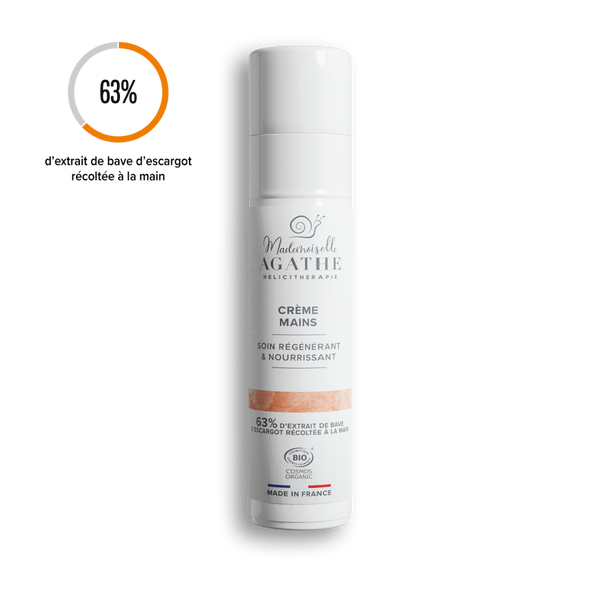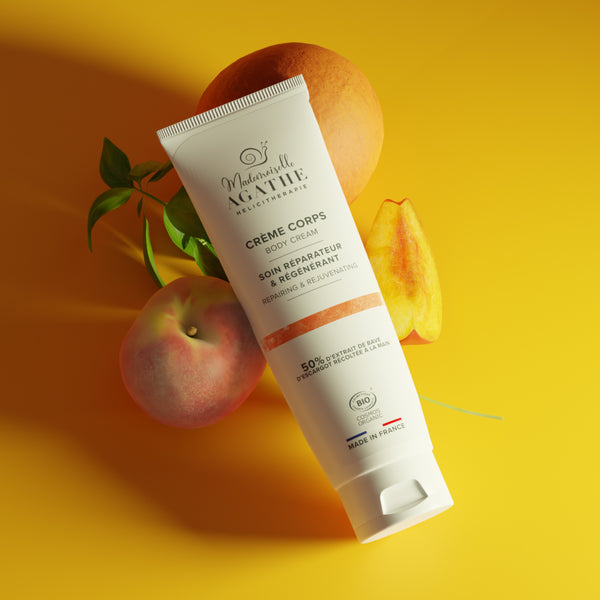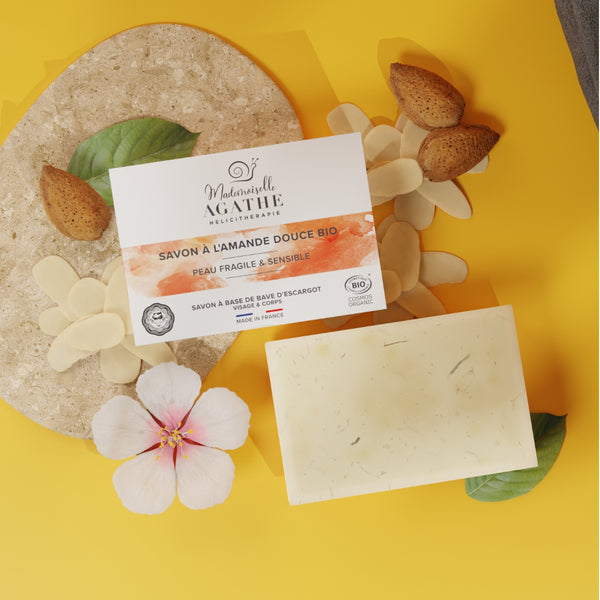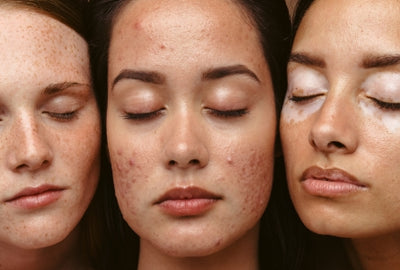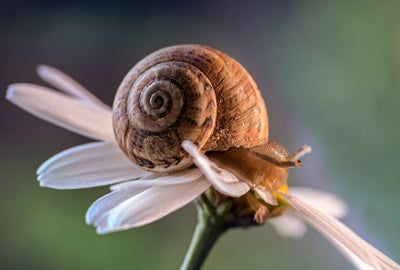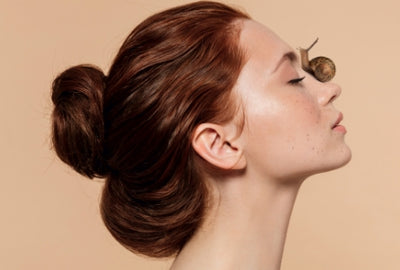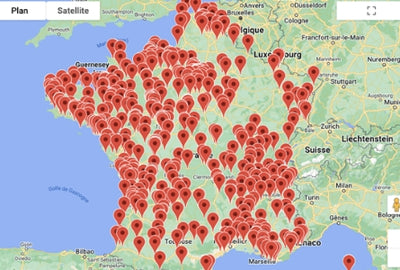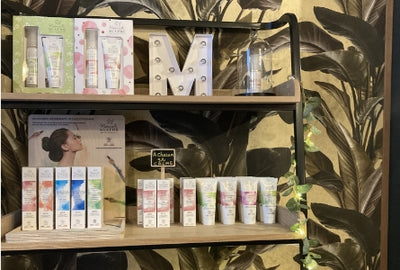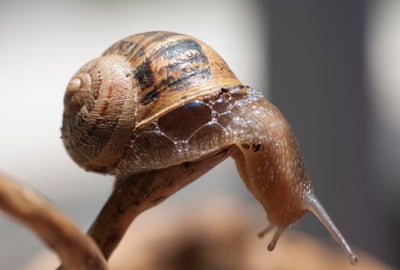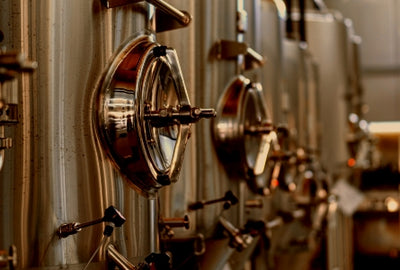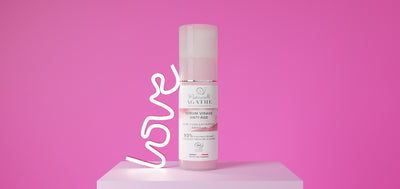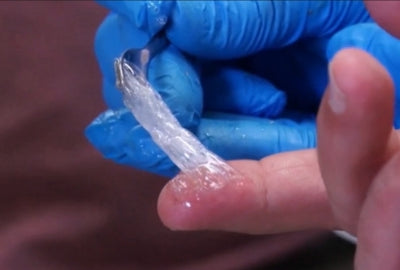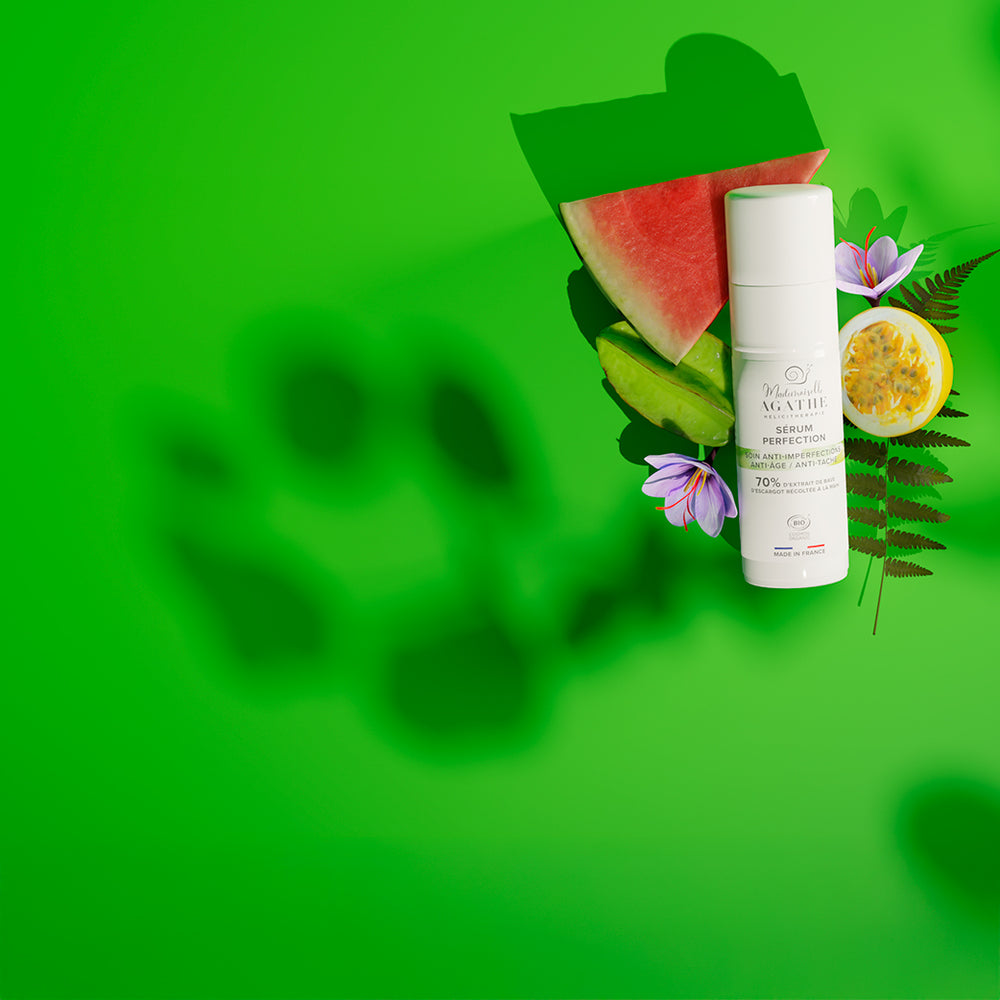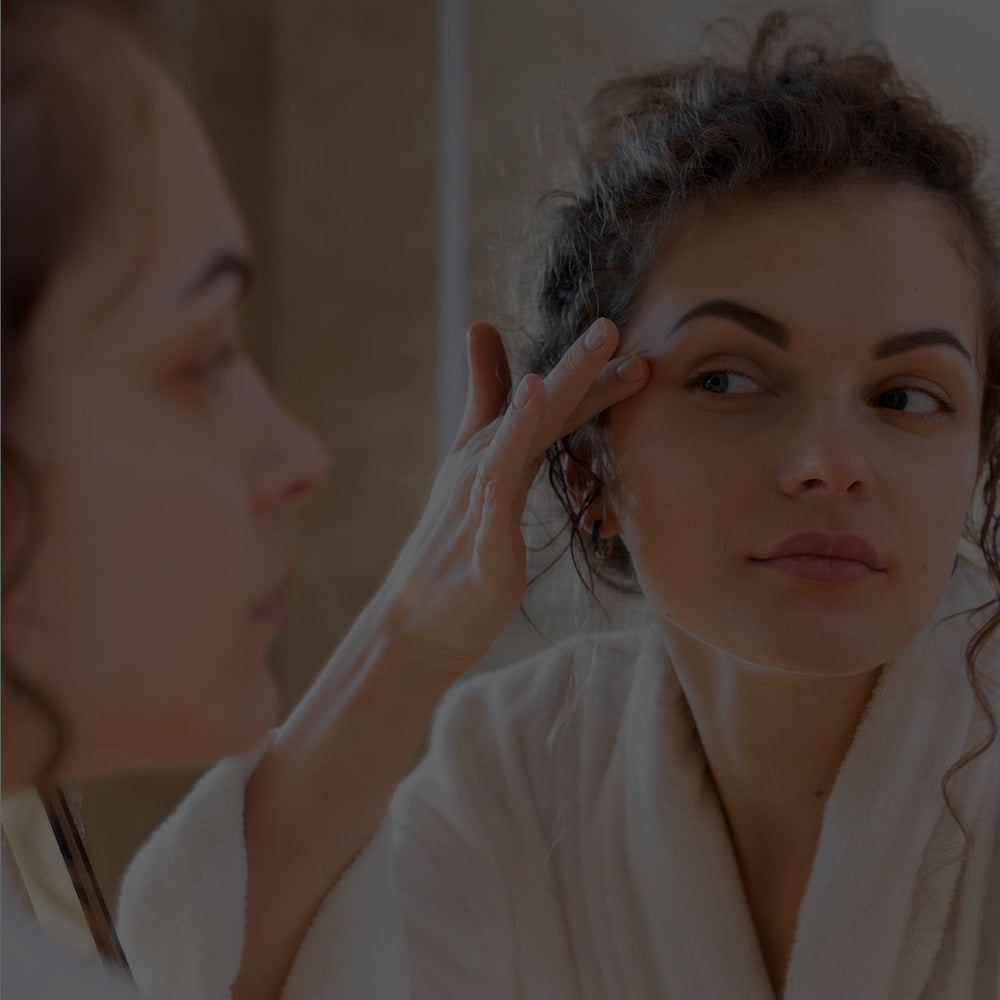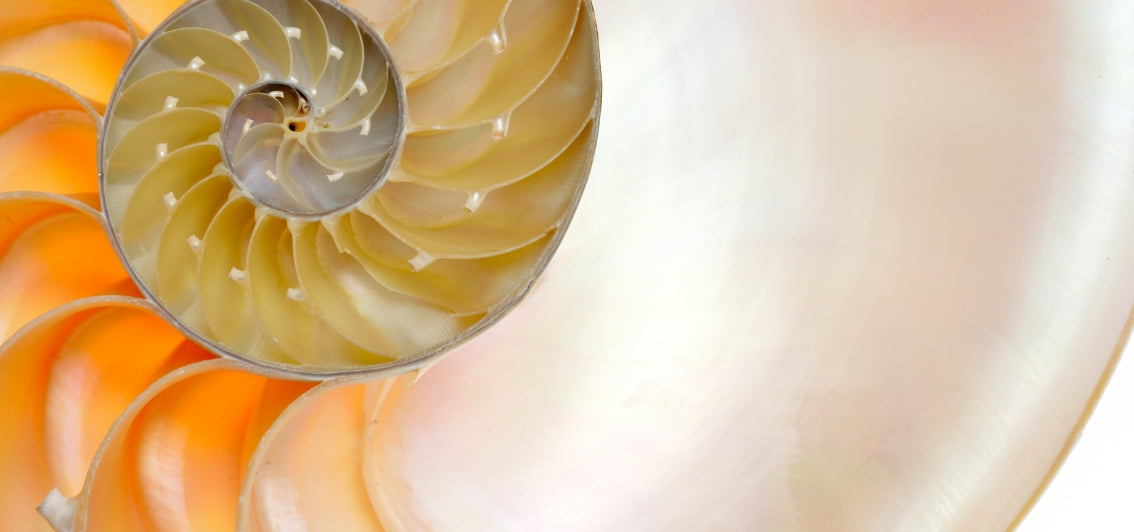
THE BIOMIMICRY REVOLUTION
Imitate nature? and then what else?… And yet, what is called biomimicry is meeting with growing success in research, science, engineering and even cosmetics. And Miss Agathe can touch you two words...
WHAT IS BIOMIMICRY?
Etymologically, biomimicry imitates the living. The concept is simple: nature works on a principle of economy and optimal efficiency. Nothing is lost, everything is transformed. Biomimicry consists of observing it and drawing inspiration from it to create innovation. Nature is therefore studied from every angle: micro-organisms, ecosystems, plants, animals...
This in-depth observation is used to derive technological developments from it to design innovative materials, processes or strategies for the benefit of humans. This results in less polluting advances, less energy consuming and sometimes better quality. In essence, this approach is fully in line with sustainable and sustainable development over the long term by highlighting choices proven by nature. So why deprive yourself of it?
THE MEN BEHIND BIOMIMICRY
Who are the gray cells of biomimicry? First thought of by the American academic Otto Schmitt, the term “biomimetics” is used to describe the notion of transferring processes from biology to technology.
In 1997, it was the American biologist Janine Benyus who theorized this vision, placing it within a perspective of sustainable development. According to her, “ The biomimetic revolution is ushering in an era that is not based on what we can take from nature, but on what we can learn from it ”. The general idea is simple: each problem encountered by man already has its solution in the environment. Even better: thanks to 3.8 billion years of evolution, this solution is the most efficient, the most energy efficient and the least polluting. Forward progress!
MUCH MORE THAN A METHOD: A PHILOSOPHY
Biomimicry sees high and large. More than a discipline, biomimicry is a philosophy, a new plea to protect the environment. Anxious to establish a viable balance between the resources offered by the planet and their exploitation, the biomimetic philosophy is logically part of a global strategy of responsible development. If nature is an inexhaustible source of inspiration, it is also vulnerable. And man has a responsibility vis-à-vis this biodiversity. It is up to him to protect it in order to make better use of it.
Faced with climate change, sustainable development is becoming a necessity. And the urgency is needed little by little. Idriss Aberkane, professor at the Ecole Centrale, recalled: “Nature is a research laboratory 4 million years old, which we must stop destroying”. The crisis of our system imposes an upheaval in our ways of creating, designing and exchanging. So we don't wait any longer!
BIOMIMICRY IN FACT
Biomimicry, a novelty? At a time of major ecological challenges, it has emerged as a major innovation in the Western world. However, it has been an integral part of the way of life of certain peoples for a very long time. Take the case of the Inuit. These people have never ceased to be inspired by nature - by building, for example, igloos on the model of bear dens.
Medicine, research, industry, economy, architecture and town planning, agriculture, management and development of ecosystems… Biomimicry brings many sectors of human activity to fruition. And the examples shine.
Zoom on an illustration of choice: Velcro. Borrowed in 1941 from burdock flowers by a Swiss engineer, Velcro is actually a technology inspired by the hooks located on the surface of this plant. Specifically, it is used in the textile industry to replace the zipper system found on shoes, bags, etc.
Other cases are just as illuminating of the magic of nature: the ultra-resistant ceramics of the abalone, the super-powerful eyes of the mantis shrimp or the wings of the Amazonian morpho, a blue butterfly that controls the spread of light. , the elasticity and the resistance of the cobweb...
Also, from computing to medicine, the fields of application are endless. The syringe needles that sting us without hurting us, imitate the sting of the mosquito. The nose of the Shinkansen, the Japanese TGV, takes the shape of the beak of the kingfisher. This aerodynamic shape allows it to go faster while consuming less electricity. In a closer context, architecture is inspired by termite mounds to design building structures with passive air conditioning.
What if nature made us save money? Scientists also seek inspiration from natural processes that show considerable economy of means. Artificial photosynthesis, reproducing that of leaves, is increasingly efficient. Soon, organic solar panels could replace current photovoltaic technology, which produces renewable energy at the cost of depleting rare earths. Fascinating nature...

HOW TO PREVENT IT?
WHAT FUTURE FOR BIOMIMICRY?
Biomimicry is lining up for battle to drive its revolution. Because drawing from the great library that surrounds us means making significant investments to decipher its language.
Lagging behind the United States, Japan or Germany, France is slowly beginning to take the lead. In 2015, a CREEBIOS (European Center of Excellence in BIOmimicry) opened in Senlis (Oise). It takes the form of a campus that brings together researchers and companies, in the heart of a former military barracks. The objective here is to design prototypes, demonstrate their operation and promote the successes of biomimicry. Today, some 140 teams are working in France on projects relating to biomimicry... The idea is therefore for Ceebios to promote their networking and, above all, to allow this research to meet companies
On the industry side, cosmetics or pharmaceutical companies were the first to form multidisciplinary teams of engineers, biologists, then architects, civil engineering and car manufacturers began to look into the work of ornithologists or entomologists. Several large groups are already looking at the principle of biomimicry to design their future products, in building engineering, but also cosmetics based on natural elements and compatible with the challenges of sustainable development.
Taking into account the ecological crisis, many researchers, architects, industrialists and certain governments believe that biomimicry could also be a vector of change and ecological transition towards a less polluting and greener economy. At Mlle Agathe, we firmly believe in it
BIOMIMICRY IN COSMETICS
Because biomimicry is at the very heart of Miss Agathe's convictions. Based on the principle that snail slime protects and allows its shell to be reconstituted, Mlle Agathe applied this observation to human skin in the making of her cosmetics.
It then follows in the footsteps of many other biomimetic innovations and in turn reveals the miraculous properties of nature. Healing, regenerating, snail slime is made up of biomimetic active ingredients. These are able to mimic or imitate a molecule naturally present in the skin.
And this is the case for the majority of Mlle Agathe products. The purifying gel for acne-prone skin soothes and regulates the sebum of the skin. As for the Helix Articule, it is thought to fight against osteoarthritis. Loaded with allantoin, naturally present in snail slime, this active ingredient synthesizes collagen which contributes to the regeneration of joint flexibility and solidity. Thus, you will make old bones.
On the production level, the collection of the precious mucus is also done according to a biomimetic process. Collected by hand according to a respect for the life cycle of the snail, it is harvested after reproduction when its mucus is the richest. This technique is specific to Mlle Agathe and respects animal welfare. Small gestures for people, big steps for the environment.
So to encourage the biomimetic revolution: get involved alongside Miss Agathe!











